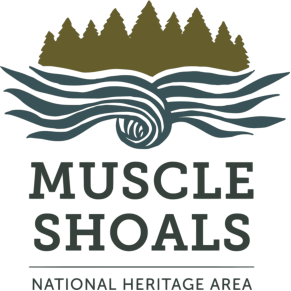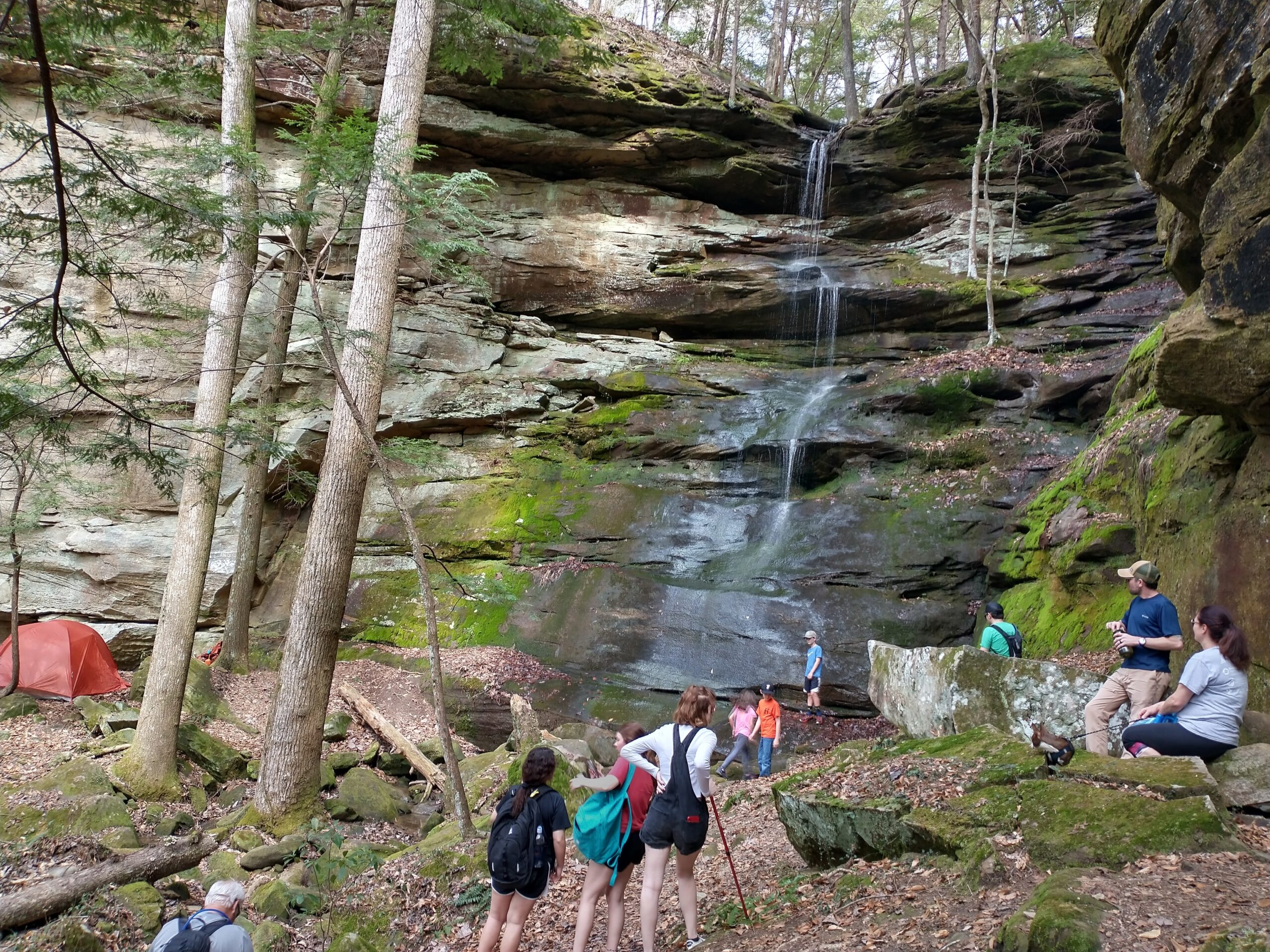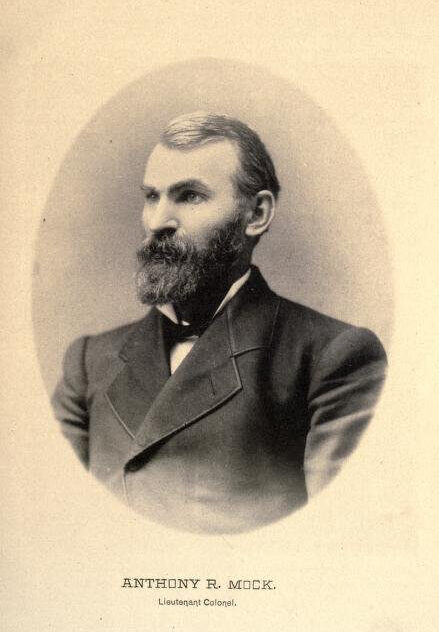By Brian Dempsey, Ph.D.
Assistant professor of history & director of the Public History Center
University of North Alabama, Florence
In collaboration with photographer James Startt
Slightly revised from “Music of the South and the Natchez Trace,” published in March 2019 “Peloton Magazine”
The allure of 444 miles of glassy smooth & protected road is enough to entice any cyclist. Add moss-covered trees, wide river sheds & faint sounds of earth-shaking music just over the hill and you have a bona-fide Southern cycling destination.
Managed by the National Park Service, the Natchez Trace Parkway links Nashville with Natchez, Mississippi. As an alternative to highways & commercial 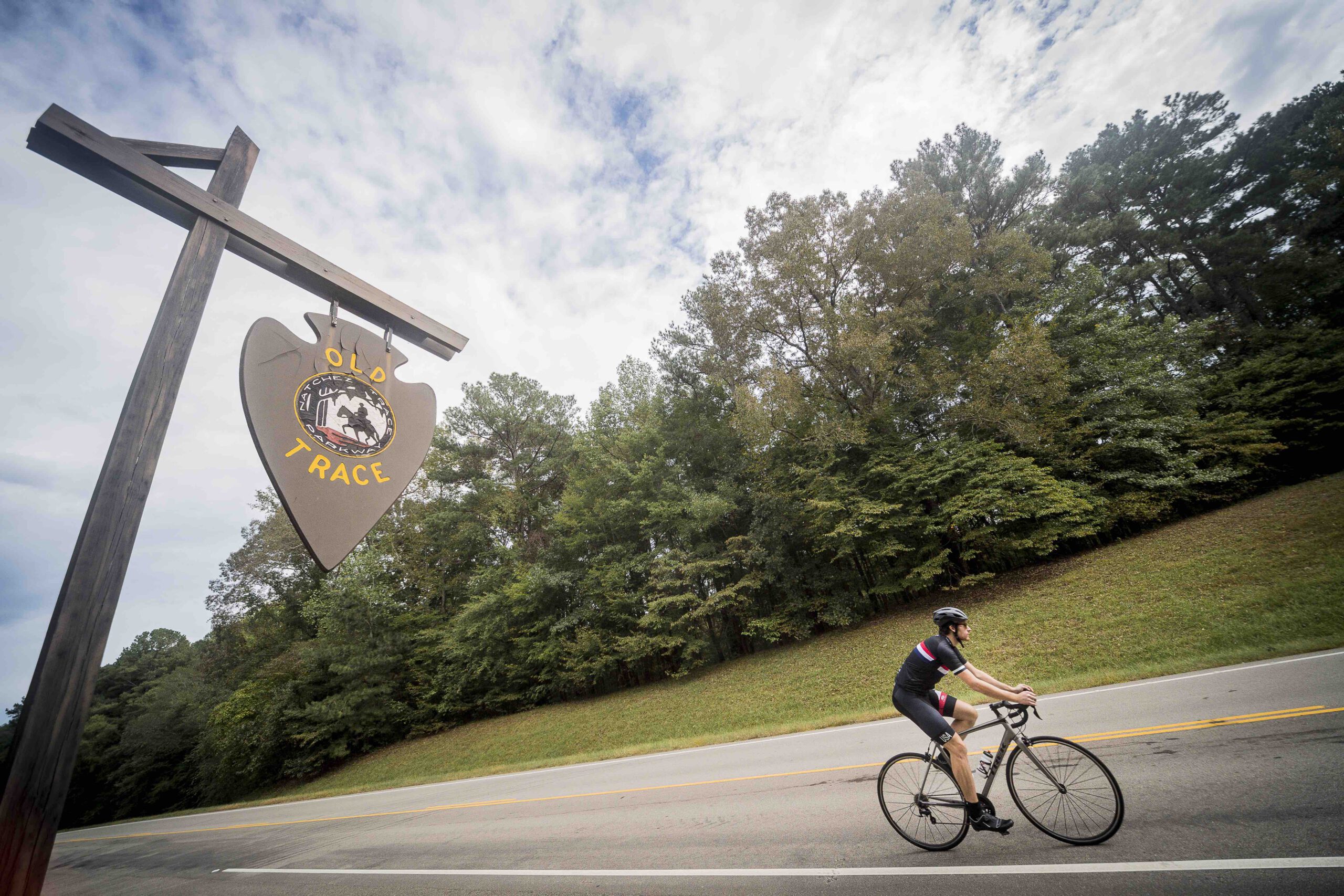 traffic, the parkways features bucolic landscapes & historic interpretation easing by at 50 miles per hour. But this route is much more than a pleasant scenic drive–it’s an encapsulated narrative of the American South’s artistic, racial & cultural history. Although President Franklin Roosevelt approved the parkway in 1938, its original footprint & complicated story reach back thousands of years–and cyclists can immerse themselves in the experience of discovering it.
traffic, the parkways features bucolic landscapes & historic interpretation easing by at 50 miles per hour. But this route is much more than a pleasant scenic drive–it’s an encapsulated narrative of the American South’s artistic, racial & cultural history. Although President Franklin Roosevelt approved the parkway in 1938, its original footprint & complicated story reach back thousands of years–and cyclists can immerse themselves in the experience of discovering it.
The Devil’s Backbone, now a Tennessee natural area adjacent to the parkway, passes over an ancient network of paths, or “traces,” first trod by bison herds in search of salt licks in Middle Tennessee. Native American communities–mostly Chickasaw and Choctaw in this region–used these traces as they migrated, traded & fought to establish towns and still-visible ceremonial mound sites hundreds of years before American settlement pushed into the southwestern lowlands.
After the American Revolution, traders and merchants needing access to the bustling markets in New Orleans used internal waterways flowing into the Mississippi River to travel southward. To return home, before the advent of steam power strong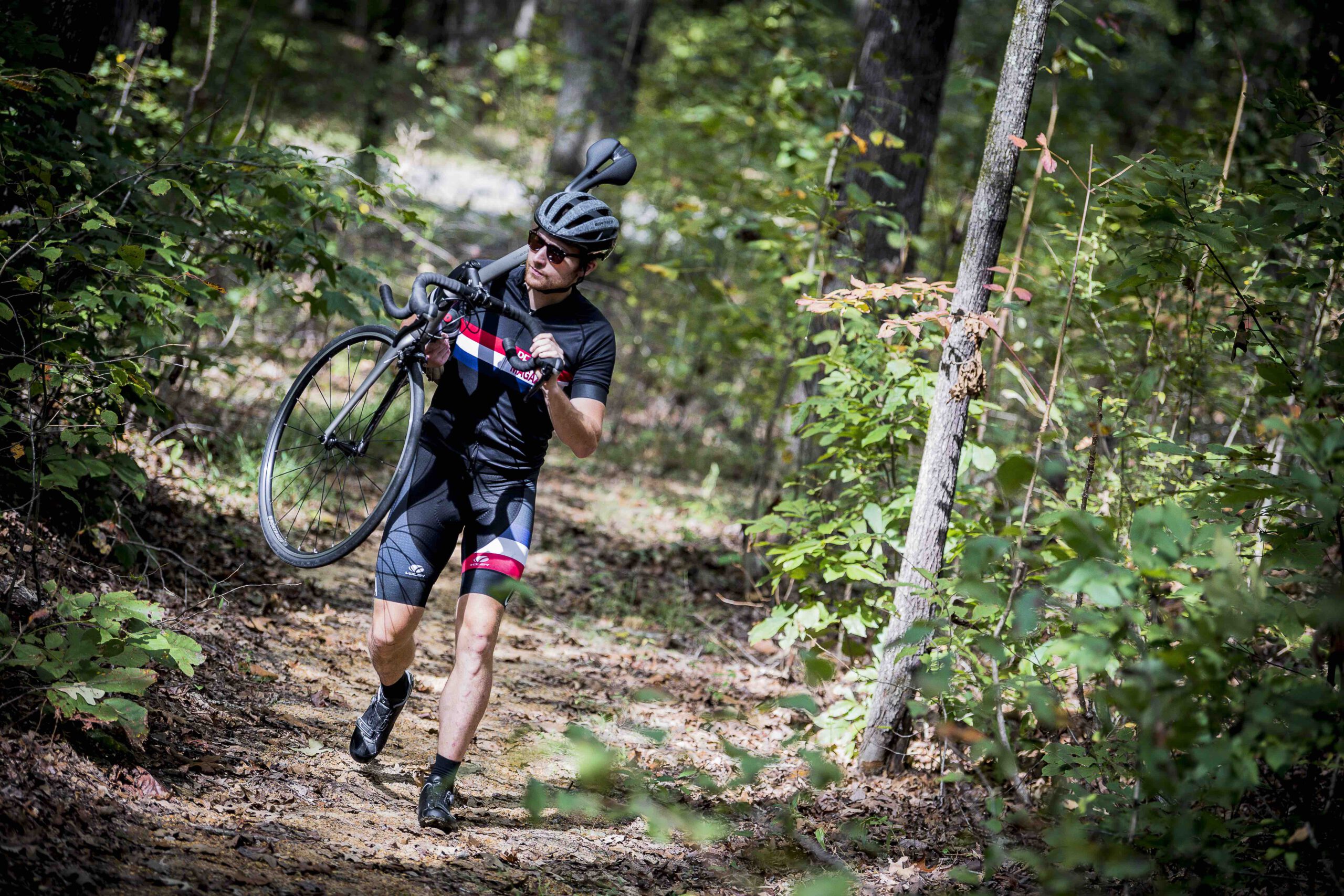 enough to counter the mighty Mississippi current, these men, often called “Kaintucks,” sold their boats & cargo in New Orleans and trekked the hundreds of miles back northward on original Trace routes. Stories of bandits, Indian raids and the suicide (or possible murder) of Meriwether Lewis–of Lewis and Clark Expedition fame–added to a growing Trace mystique.
enough to counter the mighty Mississippi current, these men, often called “Kaintucks,” sold their boats & cargo in New Orleans and trekked the hundreds of miles back northward on original Trace routes. Stories of bandits, Indian raids and the suicide (or possible murder) of Meriwether Lewis–of Lewis and Clark Expedition fame–added to a growing Trace mystique.
In 1800, the federal government wanted to streamline the transfer of mail between the Deep South and the Upper South and thus designated the Trace a US mail route. With such official protection, the movement of ideas, people & money helped transform the rough path into an important road. By 1830, the Trace felt the forced march of thousands of enslaved men, women and children southward to the slave auction and selling sites in Natchez and New Orleans, further calcifying the impact and legacy of slavery in America. The Trail of Tears crossed the Trace in Alabama during this period as Native Americans were forcibly removed to lands beyond the Mississippi River to open the area to white settlement.
During the mid-19th century, as steam power inflated Southern waterways with commercial traffic, small communities & local inns flanked the Trace but the road itself gradually lost its utility. However, as the 19th century ended, the defeated South began insisting on a moral Civil-War victory through myth-making & history-distortion. This Lost Cause period witnessed America’s growing need to reconcile the wounds of war as so-called patriotic groups worked hard to commemorate Civil War causalities by spinning the historical narrative and controlling the memory of unique landscapes–including the network of ancient paths cutting across the Deep South that were collectively called the Natchez Trace. America’s cycling craze also began in the 1890s as Major Taylor, the first African American to become a professional cyclist, came of age. He captured seven world records and a world championship but his black skin and a hardening Jim Crow system prevented him from competing on Southern soil. Southern cities hosted races and shared in the new bicycle market economy during this time, but Taylor’s ban, supported by the racial policies of the cycling-advocacy group League of American Wheelmen, hampered an integrated cycling identity in the South. By the late 1890s, as Taylor cut a dominant figure across the cycling world, patriotic groups refocused attention on the Trace as a site worthy of a particular brand of historic commemoration. These efforts increased, as sites along the ancient path were identified and marked, and on May 8,1938, Roosevelt signed the official legislation creating the Natchez Trace Parkway into law.
Since then, the scenic parkway has been an unobstructed conduit for heritage travelers & cyclists. Both share a desire for long stretches of quiet road that might tell them more about this part of the country than the high-speed interstate. Local legends of frontier settlers, outlaws & first peoples waft in memory, often distorted through the lens of tourism & myth, but this road traverses a landscape that also birthed some of the most important art in the world.
The Natchez Trace Parkway’s route, between Nashville & Natchez, covers Tennessee, Alabama & Mississippi. All three states fit squarely within a long Southern narrative burdened by the weight of hard historical truths not easily reconciled, but the arts create perspective by filling this between-history-and-myth space. Nashville has its country music heritage. Natchez & the larger New Orleans scenes have their swampy jazz & blues identities. And, in the middle, along the Trace from Muscle Shoals, Alabama, to Tupelo, Mississippi, all these cultural & historical strains come together to form a singularly American musical stew. The distance on the Trace between the Shoals, in Alabama, and Tupelo is roughly 90 miles, but this short route connects towering figures such as the Rolling Stones, Aretha Franklin & Bob Dylan to Elvis Presley and his boyhood home in Tupelo. For the cyclist, this stretch of the parkway represents a gently rolling pleasure just shy of a century, so two days of riding & exploration in adjacent towns is the chance to experience an important epicenter of American music.
Rolling Stones, Aretha Franklin & Bob Dylan to Elvis Presley and his boyhood home in Tupelo. For the cyclist, this stretch of the parkway represents a gently rolling pleasure just shy of a century, so two days of riding & exploration in adjacent towns is the chance to experience an important epicenter of American music.
Muscle Shoals is both a town & a region in north Alabama. “The shoals” refer to a rocky section along the Tennessee River that was unnavigable before human intervention. Over time, “the shoals” served as a naming link between the river landscape & a distinctive form of music recorded in studios across the four towns that define the area: Muscle Shoals, Florence, Sheffield & Tuscumbia. The Natchez Trace runs directly past this musical cauldron. Music has likely existed here since the Choctaw and Chickasaw established Trace-linked communities a thousand years ago. This Native American legacy is embedded in regional cultural memory, as locals refer to the Shoals portion of the Tennessee River as the “Singing River”–a possible remnant from the way original inhabitants described the sound of the rushing water. As Euro-American settlers streamed down & across the Trace between the 17th and 19th centuries, they, too, practiced music ranging from church hymns to early string-band sounds reminiscent of Appalachian & bluegrass forms. Enslaved men and women also used music to entertain, endure and safeguard their private worlds from slavery’s attempt at total oppression. After the Civil War, African American cultural melodies morphed further into 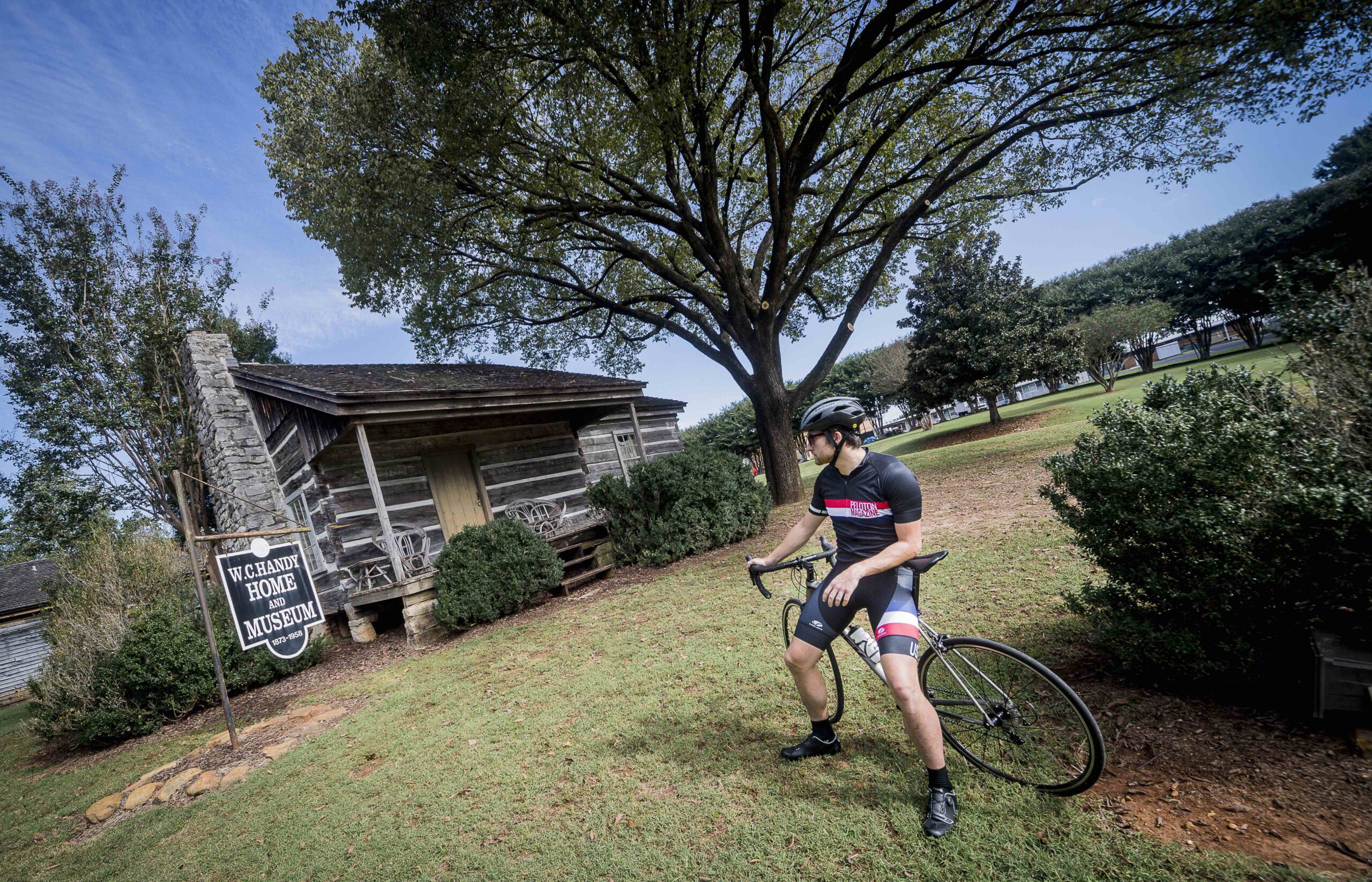 newer musical styles, pushing the development of a unique southern music Hearing these sounds as a young & gifted musician, Florence native W.C. Handy–whose father had been enslaved–recognized the impact this musical style had on diverse audiences. He wrote it down, published it and harnessed the commercial potential for blues music in 1890s America. The W.C. Handy Birthplace and Museum, in Florence, interprets Handy’s critical role in American music & cultural history.
newer musical styles, pushing the development of a unique southern music Hearing these sounds as a young & gifted musician, Florence native W.C. Handy–whose father had been enslaved–recognized the impact this musical style had on diverse audiences. He wrote it down, published it and harnessed the commercial potential for blues music in 1890s America. The W.C. Handy Birthplace and Museum, in Florence, interprets Handy’s critical role in American music & cultural history.
In the 2013 feature documentary film “Muscle Shoals,” reggae pioneer Jimmy Cliff referenced a unique energy to explain why so much music has come from this place as elegant footage of the river and gently waving wheat fields roll over his narration. The film tells the story of Rick Hall, owner of FAME Recording Studios. Since 1961, this studio has produced critical work that speaks to the region’s diversity & American music’s dynamism. Etta James, Wilson Pickett, Aretha Franklin, Drive By Truckers, Jason Isbell & Band of Horses are just some of the major artists that recorded at FAME. Hall died in 2018, but his legacy lives on at the studio and beyond. His wife, Linda, succinctly sums up this legacy, saying “we did real music.” FAME Recording Studios is still rocking & is accessible to the public.
In 1969, a group of musicians calling themselves the Muscle Shoals Rhythm Section left FAME Studios and opened their own recording facility. Muscle Shoals Sound Studios played host to countless major artists eager to soak up the famous “Shoals Sound.” Inside a nondescript block building at 3614 Jackson Highway, the Rolling Stones, the Staples Singers, Cher, Lynyrd Skynyrd, Linda Ronstadt, Rod Stewart, James Brown & so many others captured 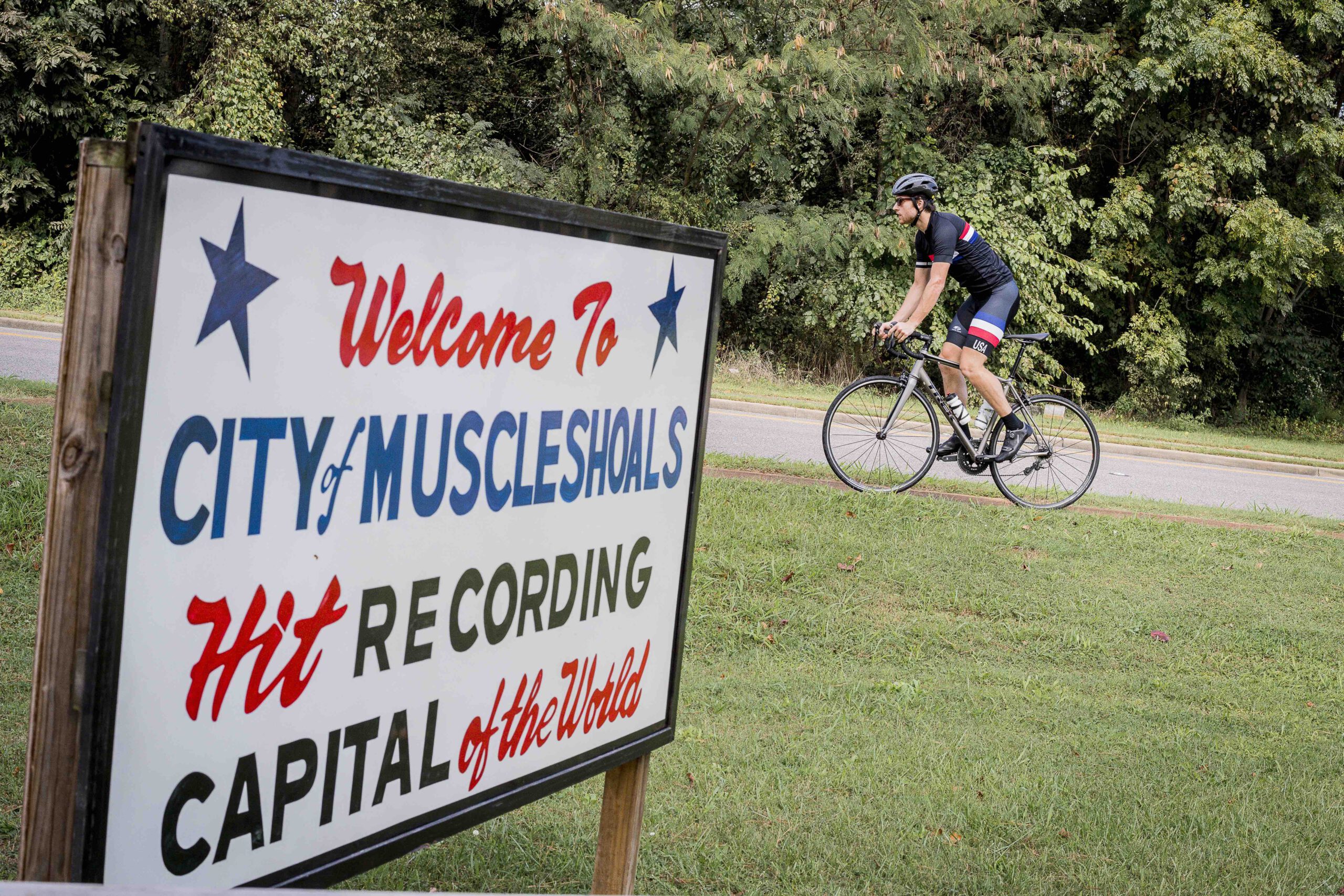 lightning on record, proving further that art fills those spaces in between.
lightning on record, proving further that art fills those spaces in between.
And the music continues. Cedric Burnside, grandson of Mississippi blues legend R.L. Burnside, released a Grammy-nominated album on Shoals-based indepedent Single Lock Records. Burnside mines musical territory reminiscent of his grandfather’s Mississippi Hill Country blues style but pulls it further into the modern age. Single Lock Records is the brainchild of locals Ben Tanner, Will Trapp & John Paul White–solo artist & and one-half of the multiple Grammy award-winning duo The Civil Wars. The label is dedicated to providing support for the strong Shoals music community while cultivating artists such as Burnside, whose music breathes those hard historical truths about the South.
Down the Trace, past American-Indian mound sites and over landscapes thick with memory, Tupelo comes into view. Here, the official Trace visitor center provides interpretation &wayfinding, but another site pulls together the musical threads along the route. Elvis Presley was born in Tupelo, listening to local blues, country & church music as a boy and teenager. Later, when he stepped up to a microphone at Sun Records in Memphis, the sounds hitting Sun owner/producer and Florence native Sam Phillips felt Southern and wholly American at the same time. The Elvis Presley Birthplace and Museum in Tupelo displays the humble origins of an American King whose melodies recalled the histories & myths deep in the dirt of those ancient scratched paths called the Natchez Trace.
Brian Dempsey received his Ph.D. in public history at Middle Tennessee State University and his M.A. in history at James Madison University. His dissertation considered the historical development and modern use of blues music tourism in Mississippi. Since then he has worked in academia and as a professional practitioner, in the Nashville music industry, and as a strategic leader on a town revitalization project in the Arkansas Delta. Originally from the Mississippi Delta, he focuses on the relationship between landscape and cultural identity, the connections between the arts and historical interpretation and the impact of heritage tourism in communities.
